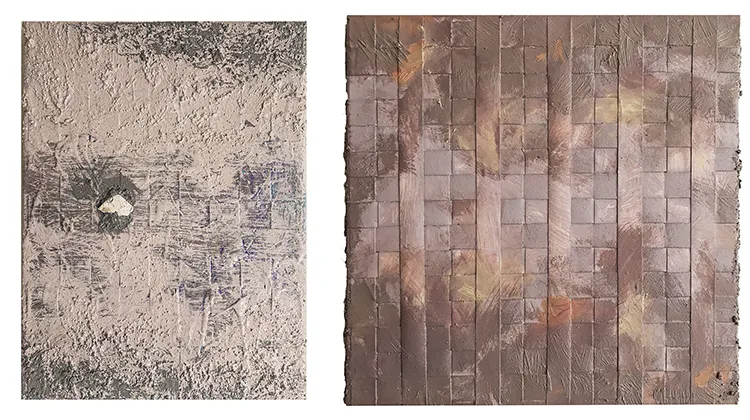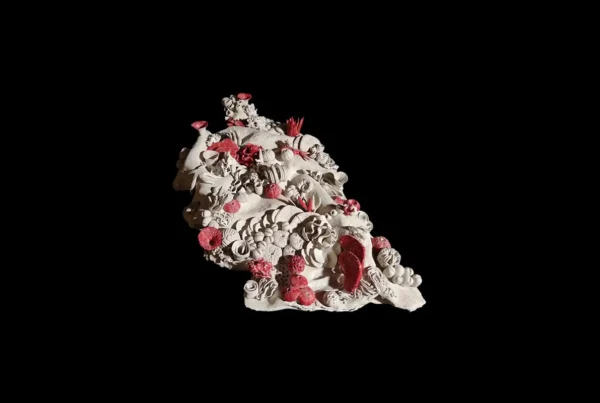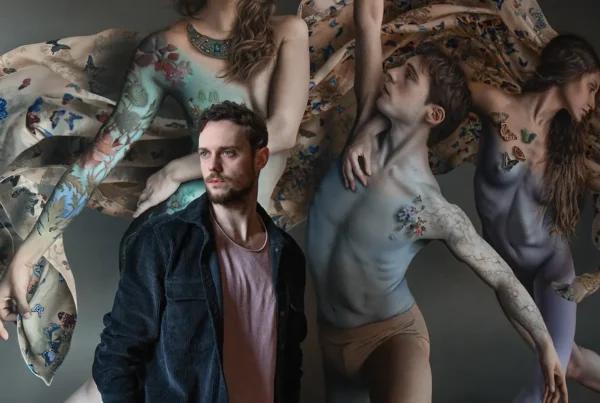“My practice is about telling stories of particular sites and communities… I think of myself more as a storyteller.”
Chicago’s Tapestry of Diversity
Haerim Lee, an interdisciplinary artist and art educator originally from South Korea, currently calls the vibrant South Side of Chicago her home. This dynamic environment, rich with diverse ethnic backgrounds and cultural heritages, significantly influences her artistic creations. Unlike the monoethnic backdrop of her homeland, Chicago’s multicultural tapestry offers Lee an invaluable opportunity to engage with various communities, understand their stories, and explore complex racial dynamics. Her work often reflects these interactions, portraying the power dynamics and the importance of mutual understanding in a diverse society.
Lee’s art is deeply rooted in socio-political issues and history, areas she approaches not just as heavy subjects but as narratives waiting to be told. She sees herself as a storyteller, using her projects to weave together different chapters of these stories. Each painting, though visually distinct, is a piece of a larger narrative, translating her studio practice into a broader commentary on the sites and communities she engages with.
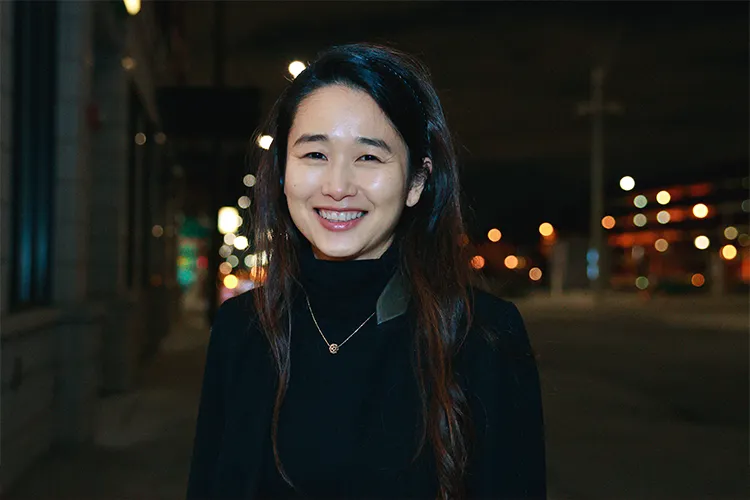
Haerim Lee: From Museums to International Stages
Lee’s journey as an artist began with frequent visits to museums during her childhood in South Korea, where she was often accompanied by her mother. These early experiences in the serene halls of museums inspired her to start drawing and painting, setting the foundation for her artistic career. Her professional journey commenced in 2007 when she started exhibiting her work alongside other emerging artists. A pivotal moment came when a curator recognized her potential and helped promote her work internationally.
Exhibiting in prestigious venues such as the Saatchi Gallery in London as part of the “Korean Eye” show, Lee’s art began to gain global attention. Her participation in exhibitions across various cities, including London and Chicago, allowed her to build a solid reputation. A significant milestone in her career was her two-person show in Chicago with a faculty member from the School of the Art Institute of Chicago (SAIC). This exposure to the SAIC community eventually led her to pursue a graduate program there, where she earned her MFA in Painting and Drawing and an MA in Visual and Critical Studies.
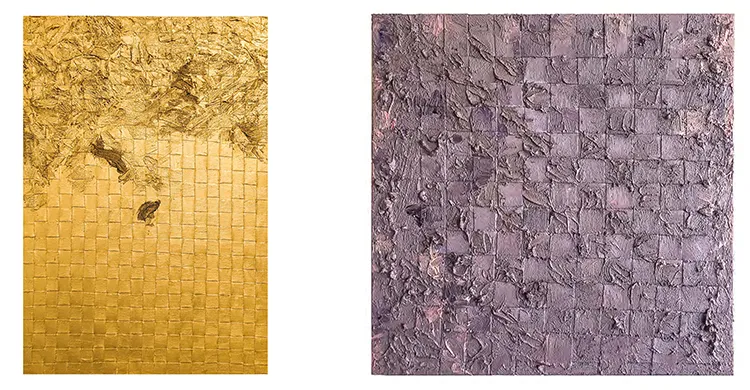
Layers of History and Memory
Lee’s artistic style has evolved significantly over the years, moving from a focus on positionality to exploring themes of architecture. Her work meticulously examines the intersections of the body, geography, space, history, and memory, all through a socially engaged lens. One of her notable series, “Site Specific Memories,” delves into the history of the Strangers Home Missionary Baptist Church in Cabrini Green, Chicago. This church, once adorned with William Walker’s mural “All of Mankind,” serves as a poignant symbol of the neighborhood’s transformation and the socio-political narratives intertwined with it.
The mural, depicting figures like Jesus, Dr. Martin Luther King Jr., Malcolm X, and Anne Frank, symbolized the unity of the human race. However, its whitewashing in 2015 raised critical questions about the preservation and destruction of cultural narratives. Through her work, Lee explores these themes, questioning who holds the authority to maintain or erase history and how these actions impact collective memory. Her art serves as a reflective space to consider issues of visibility and invisibility in historical narratives, aiming to preserve the essence of diverse stories.
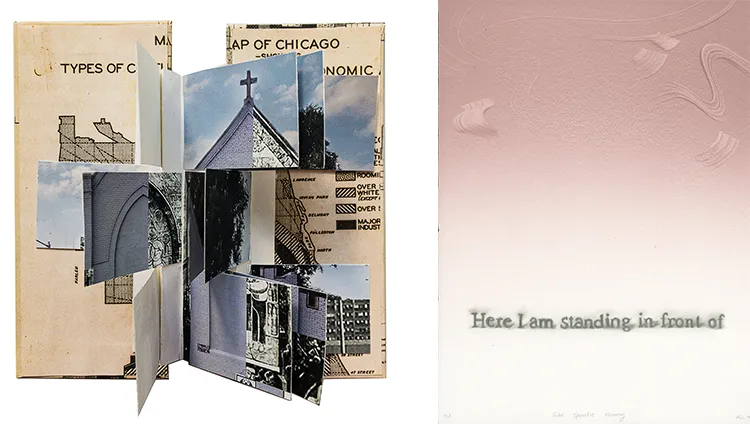
Haerim Lee: The Art of Preserving Stories
“Site Specific Memories (gold),” a significant piece in Lee’s oeuvre, embodies her deep connection to the histories she explores. Created with debris from the “All of Mankind” mural site, this work blends physical remnants with acrylic paint to craft a textured, abstract representation of memory and space. By incorporating traditional Korean weaving techniques, such as those used in ramie and jogakbo, Lee challenges conventional Western painting methods and highlights the cultural and gendered dimensions of craftsmanship.
Her approach to medium is versatile, often working with oil, acrylic, and digital photography. Lee’s dedication to exploring texture and surface allows her to convey complex narratives and engage viewers in a tactile experience. While she invites audiences to delve into the stories behind her artworks, she also respects their autonomy in interpreting and connecting with her pieces on their terms. Through her evolving artistic style, Lee continues to address socio-political issues, fostering dialogue and inspiring awareness about the diverse experiences that shape our world.
